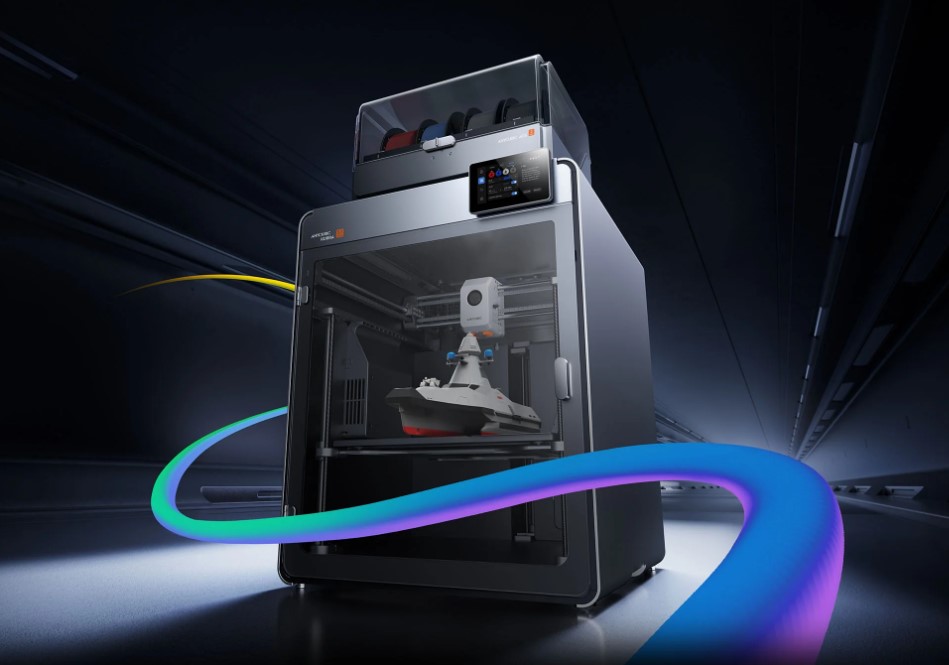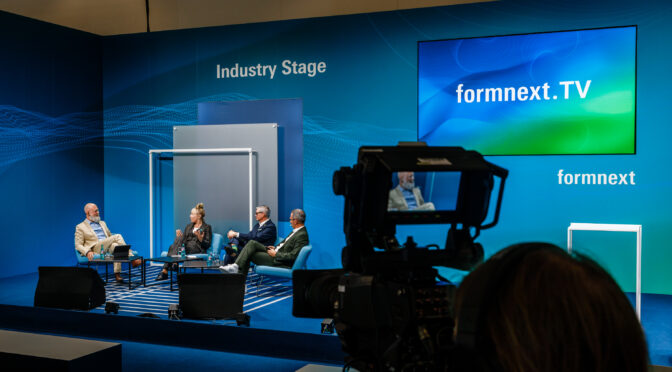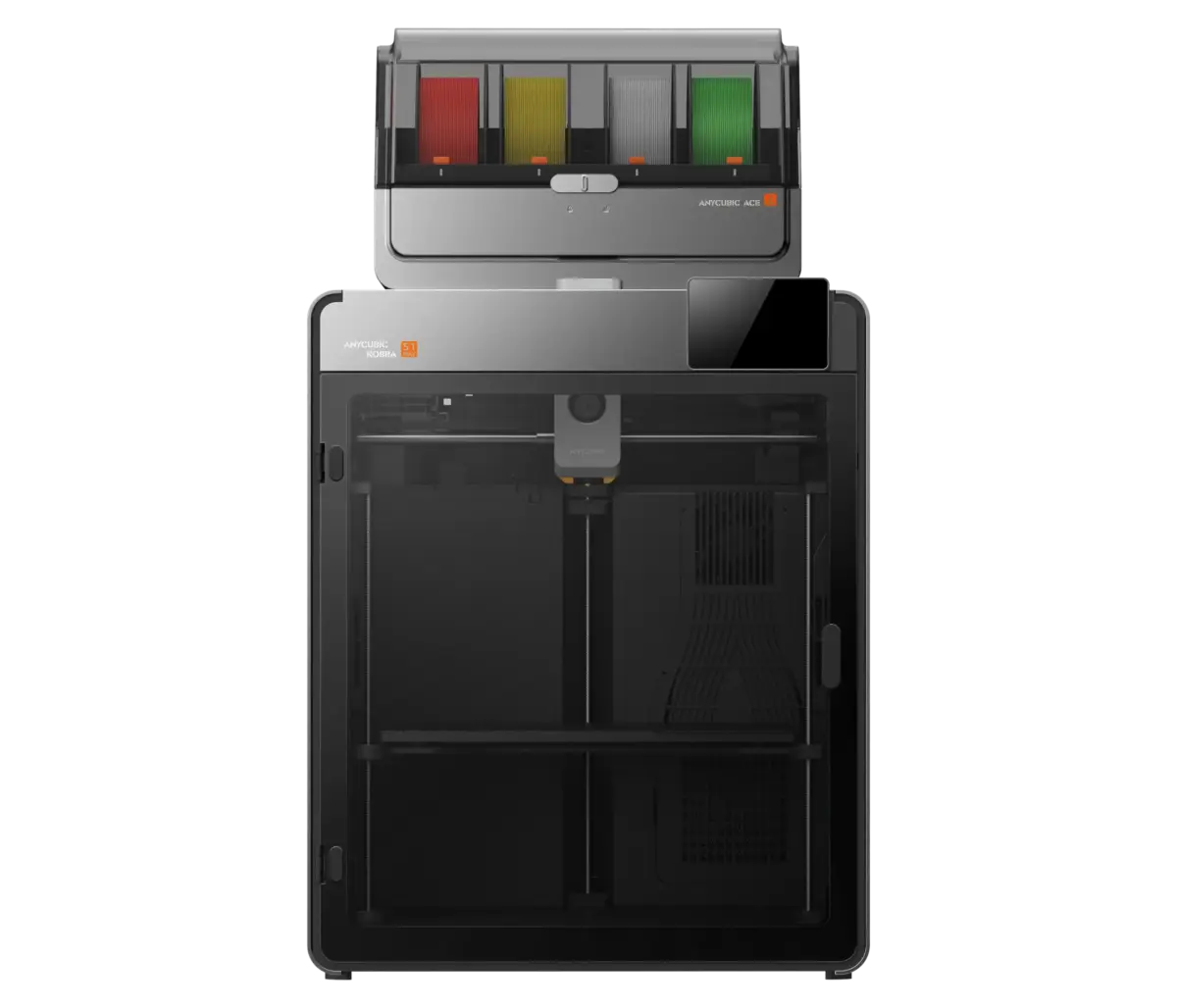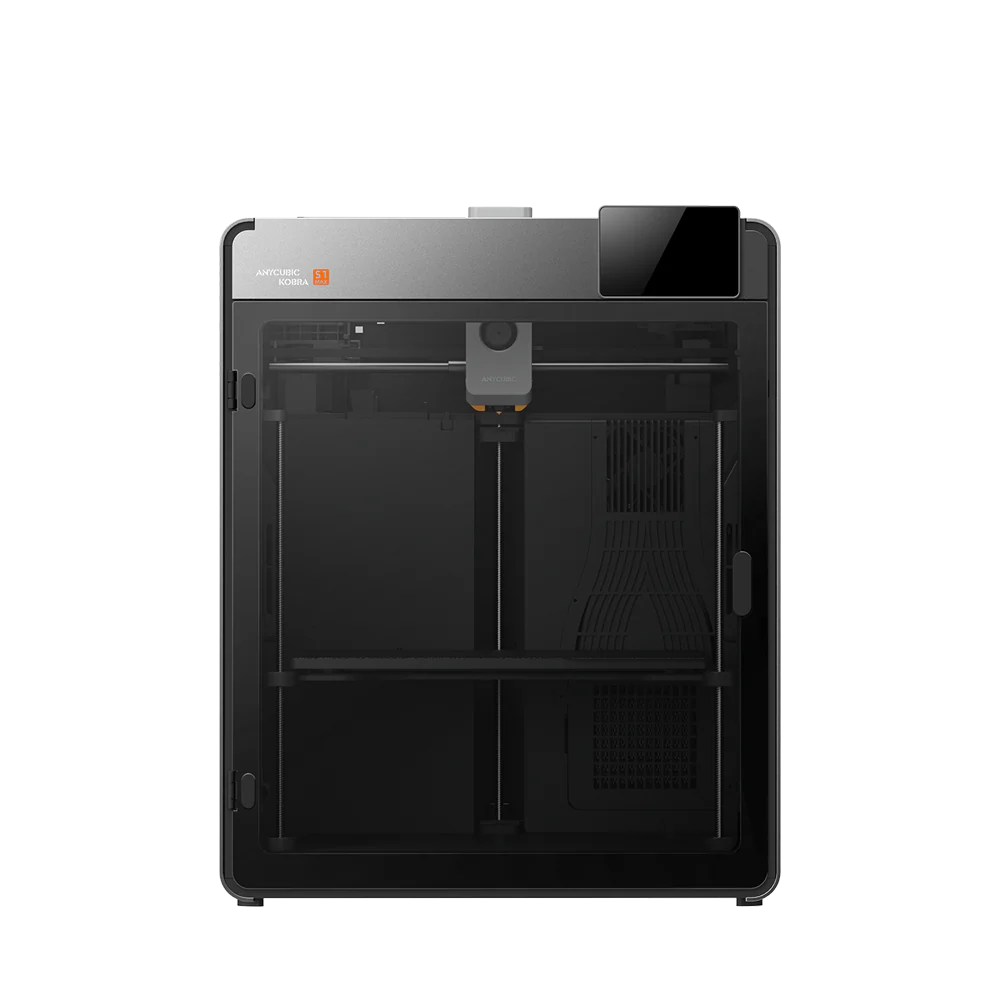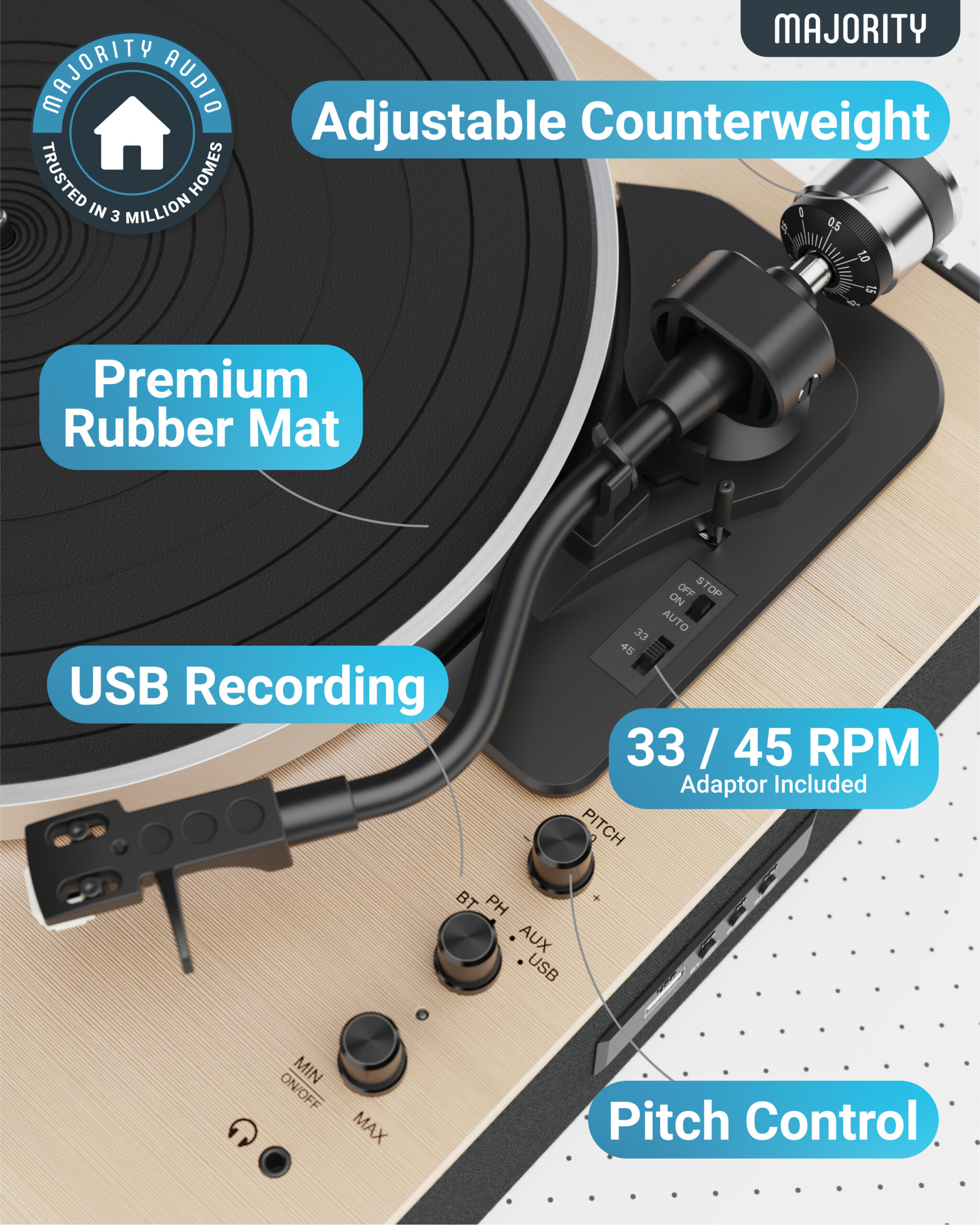The cassette tape’s resurgence has been one of the most joyful twists in personal audio. After years of streaming convenience running roughshod over the tactile pleasure of physical playback, along comes something that finally bridges the gap without losing the charm that made tapes brilliant in the first place.
The Curtis GB001 from We Are Rewind is a premium cassette boombox built for the modern era. Designed in France, it carries the unmistakable spirit of the classic ghetto blaster, but with a refined materials palette and contemporary engineering that make it feel purposeful, not kitsch.

It has presence in the way only proper hardware can. A hefty aluminium frame meets real walnut panelling. There’s a solidity to the unit that suggests it belongs on a shelf, in a studio, or under a Christmas tree without ever feeling incongruous or overdesigned. This is a product that’s been considered, prototyped and built with genuine affection for the medium.
Big, Bold Sound from a Single Cassette Deck
Curtis is built around one high quality cassette deck. No double deck accoutrements or tape dubbing circus here, just a single drive that plays tapes with real fidelity. That’s not a compromise, it’s a statement: great sound comes from focus.

The playback is warm, dimensional and immersive, the sort of audio experience that makes you forget how sterile compressed streams can sound. Bluetooth 5.1 is onboard for those odd occasions you don’t have a tape handy, but the headline act is the tape mechanism itself, delivered through a stereo driver architecture that extracts every bit of depth your recordings have to give.
Controls are gloriously physical. Buttons push with reassuring resistance. Dials turn. The unit is rechargeable and portable, but it doesn’t lean on portability as its personality. The GB001 earns affection by being good at what it is.
In and Out Options for Every Listener
The input choices are refreshingly sensible and fully modern where they need to be: USB C for power delivery, RCA input for proper audio gear, and 3.5mm line in for plugging in almost anything with a headphone jack.
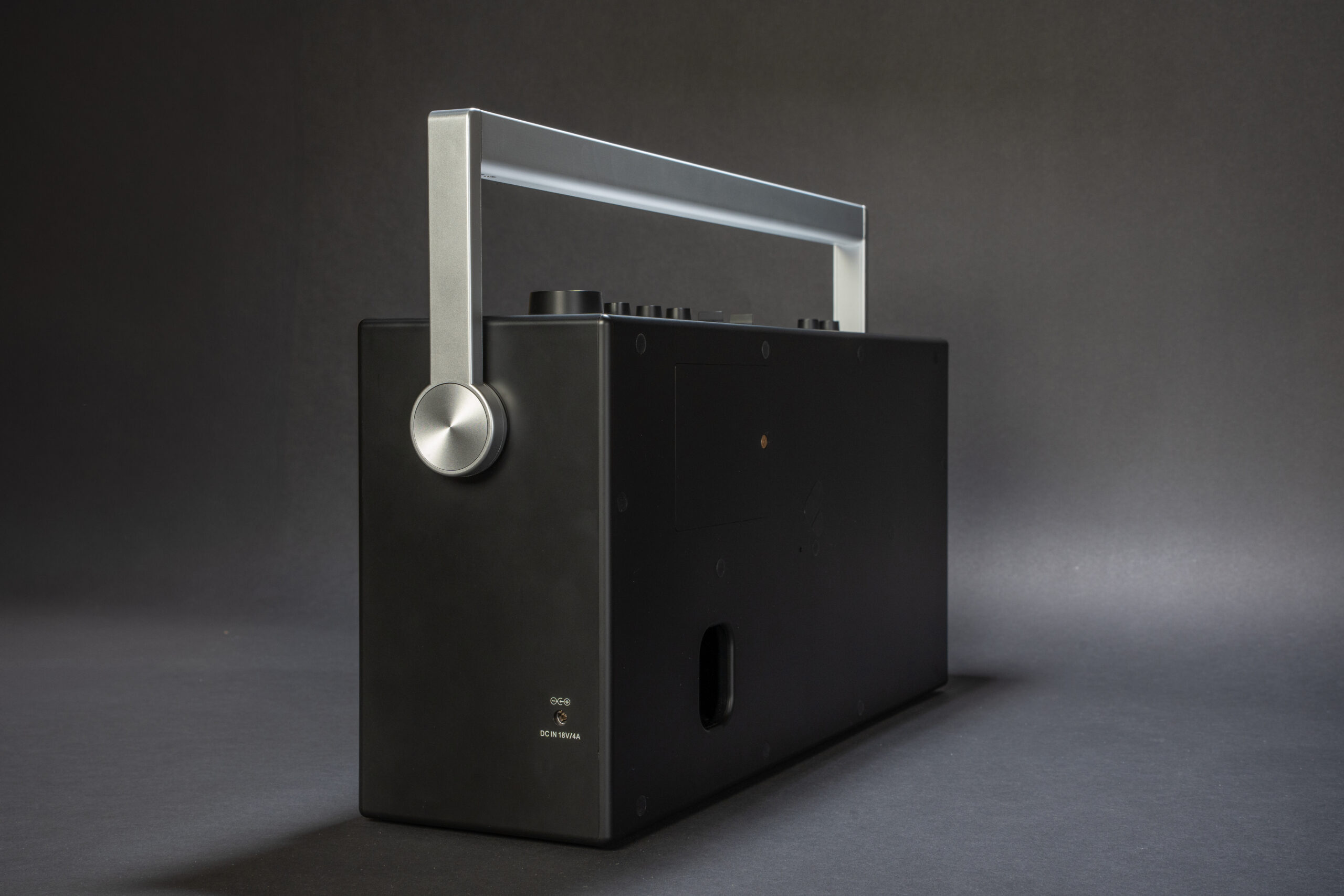
It’s a ghetto blaster that doesn’t discriminate on age or audio source. If you grew up making mixtapes, you’ll love it. If you’re new to tapes but want a boombox that looks as good as it sounds, you’ll love it. And if you just want a premium Bluetooth speaker that happens to play cassettes, you’ll love it too.
A Christmas Gift with Longevity
There are only a handful of tech gifts that genuinely transcend trends. The Curtis GB001 belongs in that rare group. It doesn’t chase a fashion cycle. It nods to an era and elevates it.
If 2025 is truly the year of the cassette boombox revival, this is one of the few units that feels ready to lead the charge. It’s distinctive, memorable, supremely listenable and built with an exacting eye for design and sound quality.
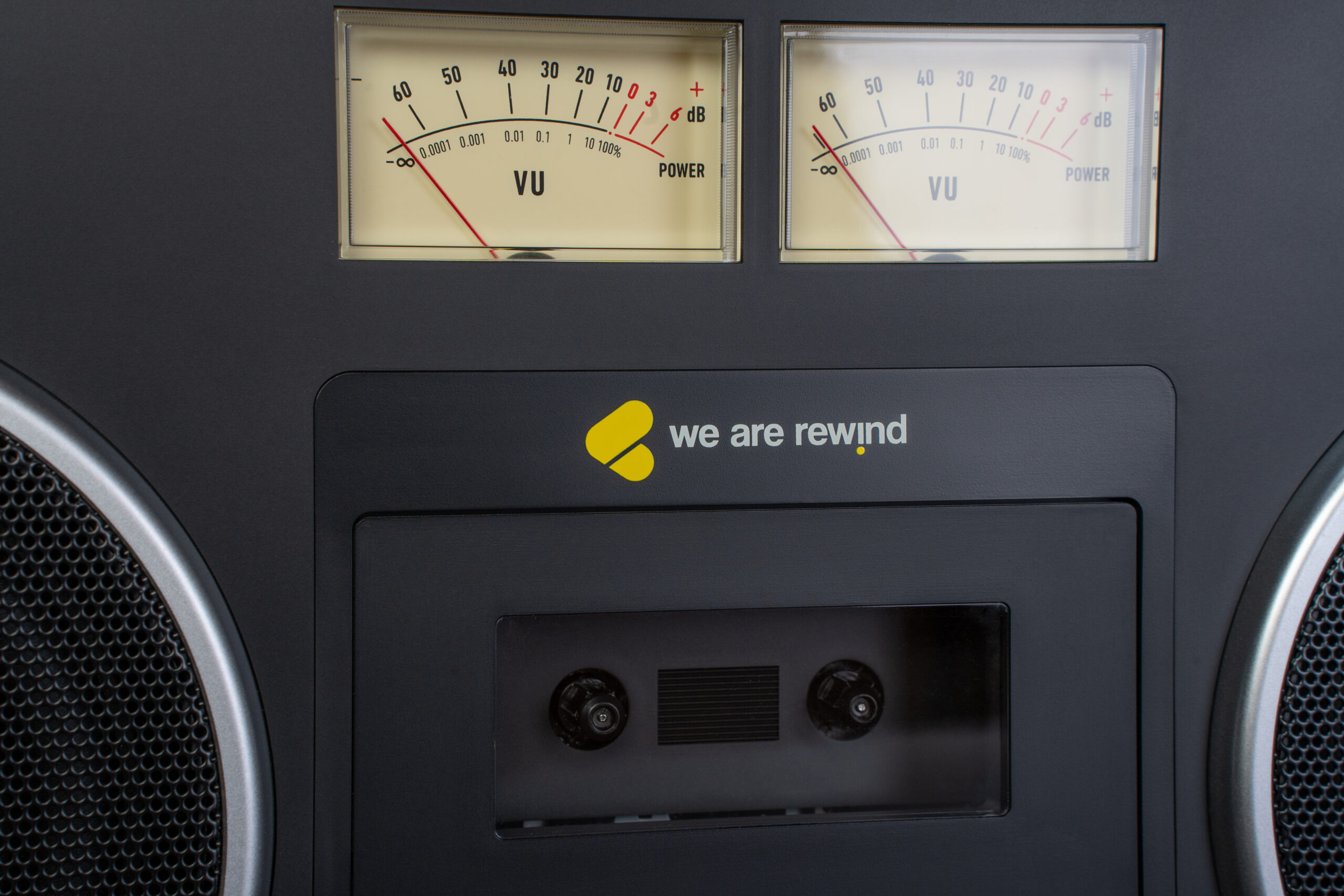
Final Thoughts
The Curtis GB001 from We Are Rewind is an honest, confident cassette boombox debut for 2025. One deck. Big sound. Proper materials. Bluetooth onboard. Inputs present and correct. And most importantly, it rekindles a love for a format that never should have been sidelined in the first place.
Premium? Yes. Unnecessarily so? Not a chance. This one has earned its space.






